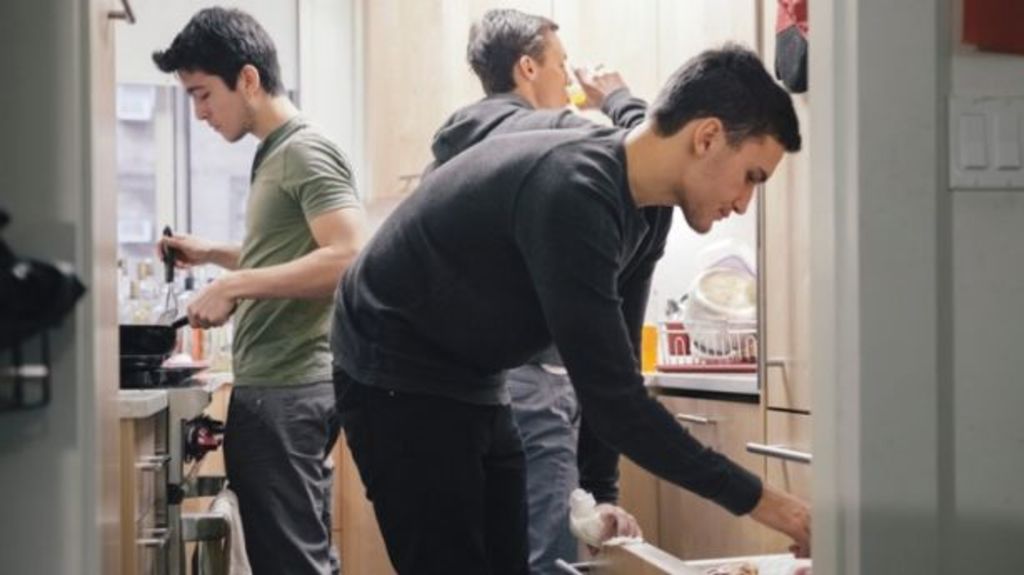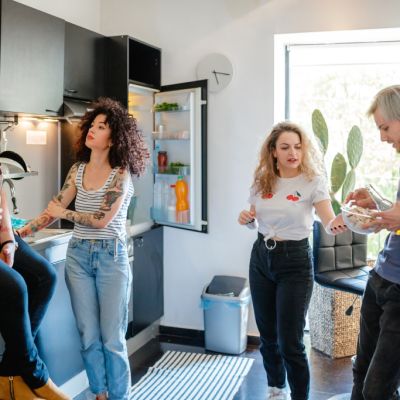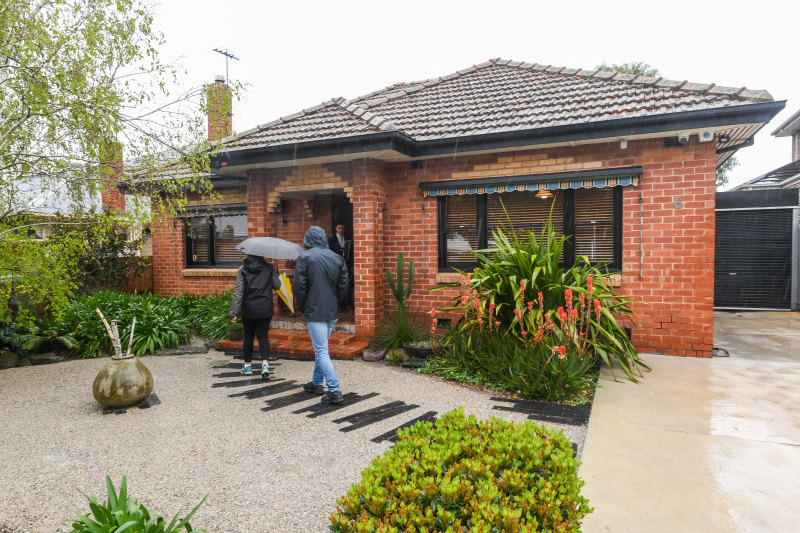Young Australians in shared housing some of the hardest hit during COVID-19, survey finds

People living in shared houses have been one of the hardest-hit groups during the pandemic, with almost three in four losing their jobs or losing hours, new research shows.
One in five share-house residents skipped meals to afford necessities and about half reported reduced mental health, a University of Melbourne survey found.
It also found people living in shared houses were already a particularly vulnerable demographic: 82 per cent were under the age of 35, half were in non-permanent jobs and a fifth were visa holders.
A fifth pawned or sold something to afford necessities, and a similar proportion could not pay the rent or mortgage on time.
Two in five changed their living situation, such as moving house or changing occupants in their home, while 68 per cent had other changes to their work such as transitioning to working from home or working more hours for the same pay.
University of Melbourne School of Design postdoctoral research fellow and lead researcher Dr Katrina Raynor said the virus had highlighted and worsened this cohort’s precarious housing situation.
“This group of people who were already vulnerable when COVID-19 hit … they were more likely to be exploited in their rental situations and more likely to be in rental stress,” Dr Raynor said.
“They are often casually employed, sometimes international students and low-income, and often employed in arts and hospitality, which we know are some of the industries that have been most impacted.”
The survey, which was conducted in June, had 1052 respondents living in share houses in Victoria with 80 per cent in greater Melbourne and 20 per cent living in regional Victoria.
Dr Raynor said the survey results were consistent with international research and would hold true in any other city or state in Australia, especially those with expensive housing markets.
“Because this study was done in June, it’s before the second wave. It’s tapping into what is happening in Australia generally, not just what is happening in Victoria since we were punched in the face by COVID-19.”
The survey also highlighted the importance of JobKeeper and JobSeeker payments in this cohort, with a third of respondents receiving the welfare payments and reporting it was helpful.
“The impact of the social welfare safety net in the context of vulnerable people is really important,” Dr Raynor said, adding that NewStart payments should be permanently increased to current levels.
People living in shared housing had a high degree of interdependence, Dr Raynor said, with one person’s situation having a domino effect on the other share-house members.
Dr Raynor said rental rights needed to be strengthened: “A lot of people didn’t ask for a rental reduction because they were afraid.
“There is some work to be done on our Residential Tenancy Act to address the rights of people in shared houses specifically,” she said, adding that more education and information was needed for international students and recently arrived immigrants.
The rental moratorium also needs to be extended, according to Dr Raynor, to end when the financial cliff no longer exists.
But ultimately more social and affordable housing is one of the best ways to improve people’s housing options, Dr Raynor said.
“The solution, I always say, is … social housing creates affordable housing. We should be investing in social housing right now,” she said.
“COVID-19 is causing and exacerbating housing inequalities.
“It’s young people who are experiencing the highest unemployment, the lowest savings and are the most housing stressed and that has long-term implications for their futures.”
We recommend
States
Capital Cities
Capital Cities - Rentals
Popular Areas
Allhomes
More










